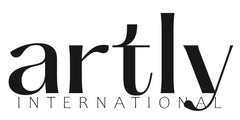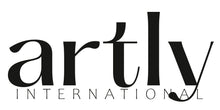Art in America: Amon Carter Museum of American Art

J. Peeler Howell, Editor

In our last installment we looked at a sculpture by Fort Worth artist Charles T. Williams that is currently being exhibited at the Amon Carter Museum of American Art. The subject of the sculpture is a cowboy. That makes sense in Fort Worth, also known as, “Cowtown,” or “Where the West Begins.” Basically, Fort Worth was an army fort that became a major cattle trading post during the height of the days of the cowboy and then through the first half of the 20th century. Amon Carter was the major civic booster of Fort Worth during this period, advocating for Fort Worth both locally, and across the United States until his death in 1955.
Amon G. Carter was born in a log cabin in Crafton, Texas in 1879. He made his fortune in publishing, most notably, the Fort Worth Star Telegram newspaper, the oldest radio station in Fort Worth, WBAP, and the first television station in Fort Worth, WBAP-TV. He became very close friends with humorist Will Rogers, who was also born in 1879 on a Cherokee reservation in Oklahoma. For our purposes, the significance of Amon Carter’s association to Will Rogers is that Will Rogers introduced Amon Carter to the two major painters of the American west, Frederick Remington and Charles Russell. Amon Carter began collecting works from both painters and adding them to his rapidly growing private collection of American art.

"For our purposes, the significance of Amon Carter’s association to Will Rogers is that Will Rogers introduced Amon Carter to the two major painters of the American west, Frederick Remington and Charles Russell. Amon Carter began collecting works from both painters and adding them to his rapidly growing private collection of American art."

Charles Russell and Frederick Remington are both masters of representing the cowboys and Native Americans of the American West. They were both born during the Civil War, and both traveled west during the heyday of the Wild West. Charlie Russell actually worked for a number of different cattle outfits as a cowboy, giving him real experience and a primary perspective of his subject matter. Remington, too, traveled west and sketched his subject matter firsthand, but being from a much wealthier background and rather well educated, did not find cowboy life to his liking. But he painted it magnificently!
As did Russell. Both artists created beautiful, richly colorful, energetic and robust depictions of what was the already mythologized and rowdy world of the Wild West. Amon Carter fell in love with these paintings and wanted to share them with the world. For free. His vision was realized six years after his death when, in 1961 The Amon Carter Museum of American Art opened in Fort Worth, Texas. Per his request, and included in his will, are the instructions that admission will always be free to the public.

Along with free admission, Amon Carter was adamant that the museum be a significant resource for educators and, in particular, the children they teach. The museum has programs and workshops for homeschool students, campus-based students, and any faculty. On almost any given day groups of school children are gathered around a Remington, Russell, Tomas Moran, Albert Bierstadt, or even a John Singer Sargent to learn about these masters of American painting from a very well-informed and friendly staff. There are also fully equipped studios at the museum for toddlers and children to make art of their own.
Having come from simple means and having acquired significant wealth, Amon Carter wanted to share what he was able to enjoy with anybody and everybody. Since its opening, the museum has continued to expand significantly and has come to include a major photography collection, masterpieces of American Modernism, and a research library of 50,000 plus volumes. All open to the public, free of charge. What a blessing to Fort Worth. We can always walk into the Amon Carter and take a firsthand trip out west.

(Fig.1: Amon G. Carter, carterMuseum.org. Fig.2: Remington, Frederic. Ridden Down. 1905-1906, oil on canvas. cartermuseum.org. Fig. 3 Amon Carter Museum of American Art, stock photo.)





Leave a comment